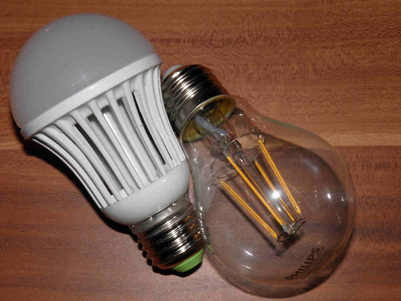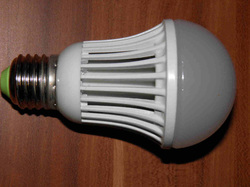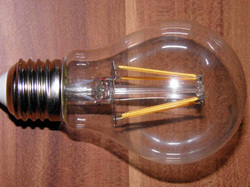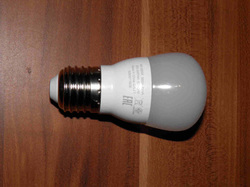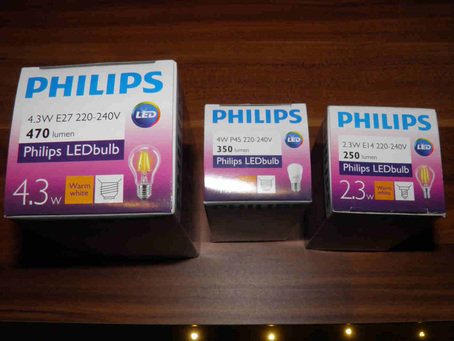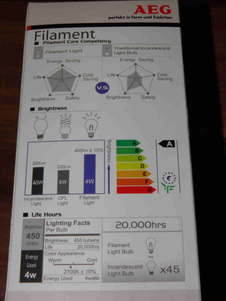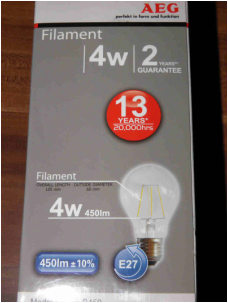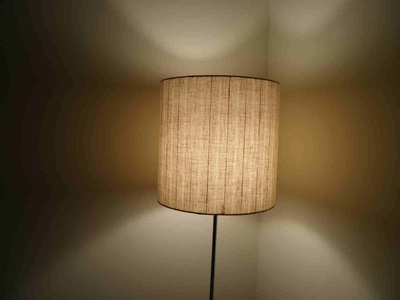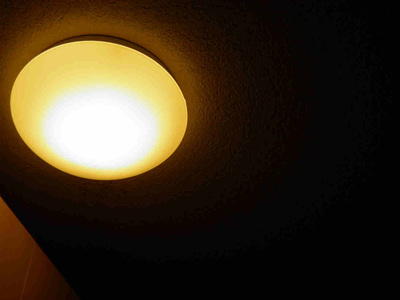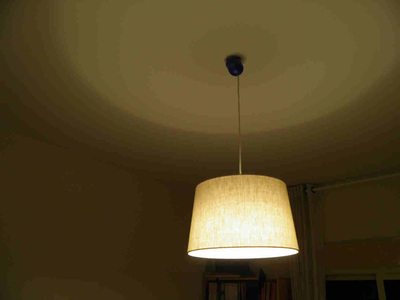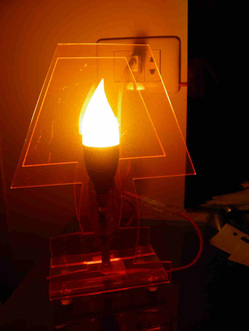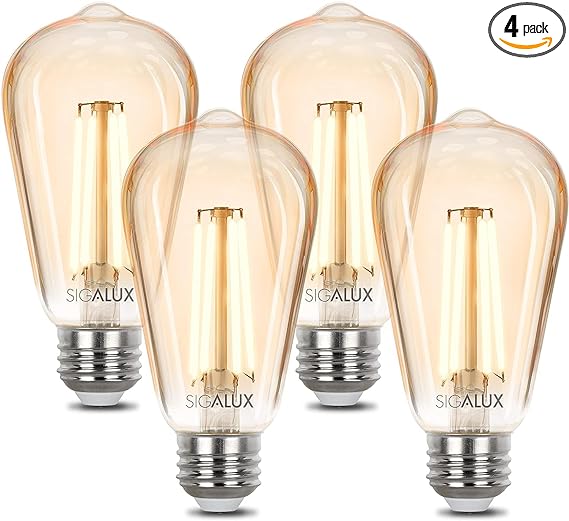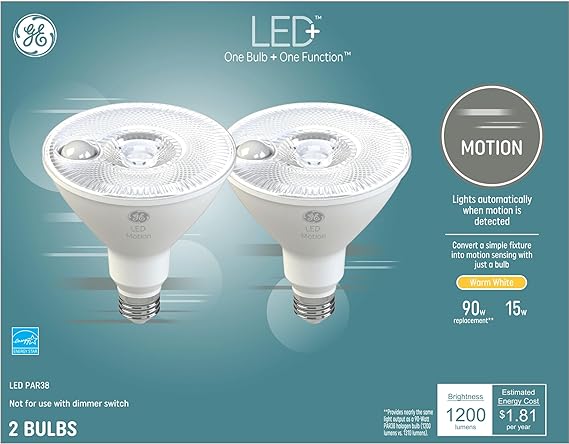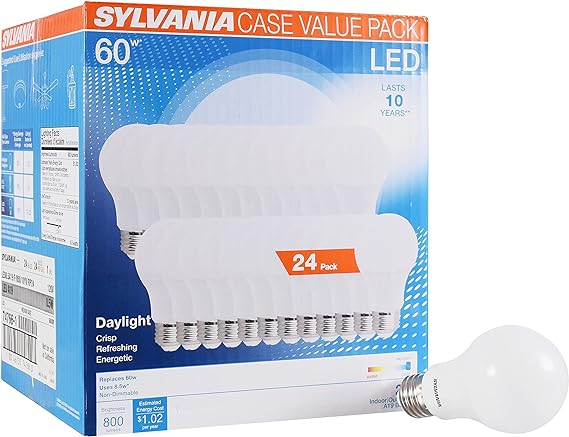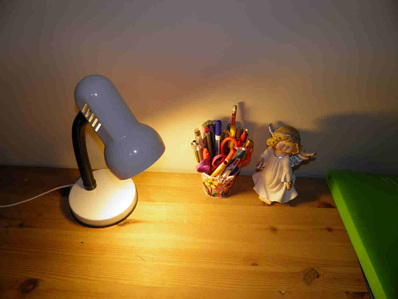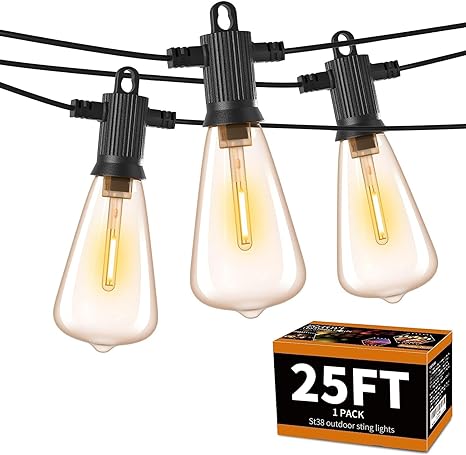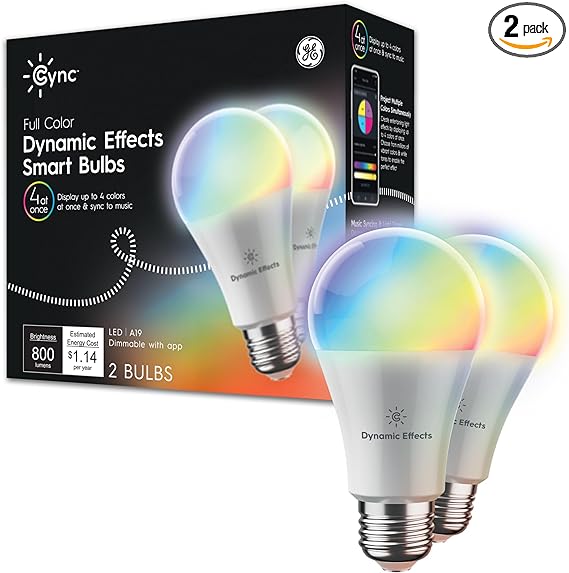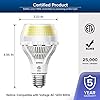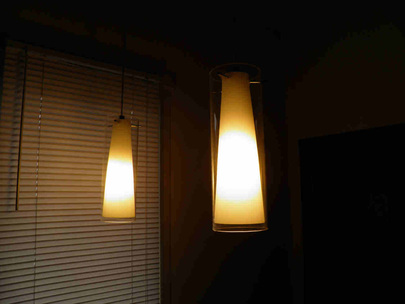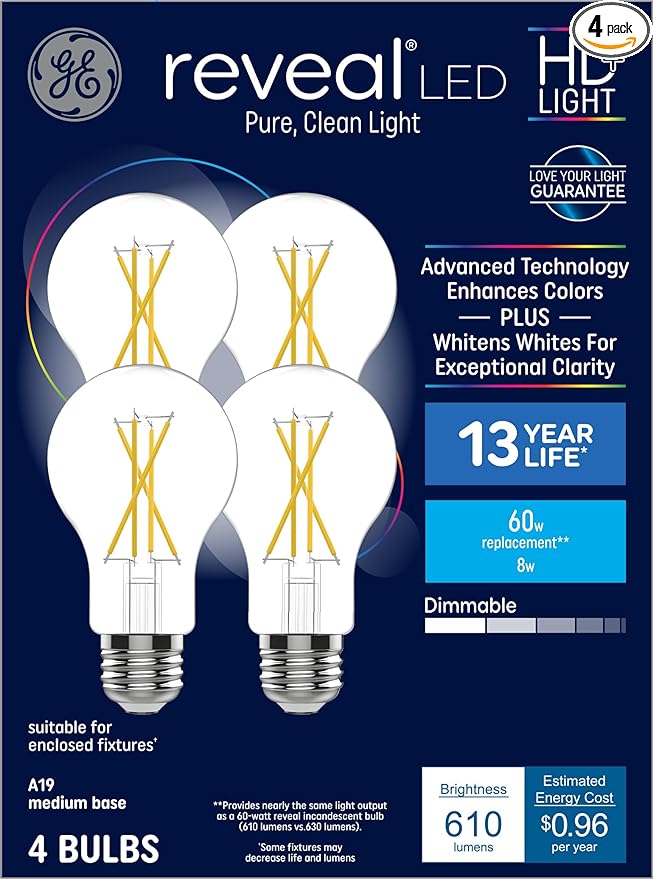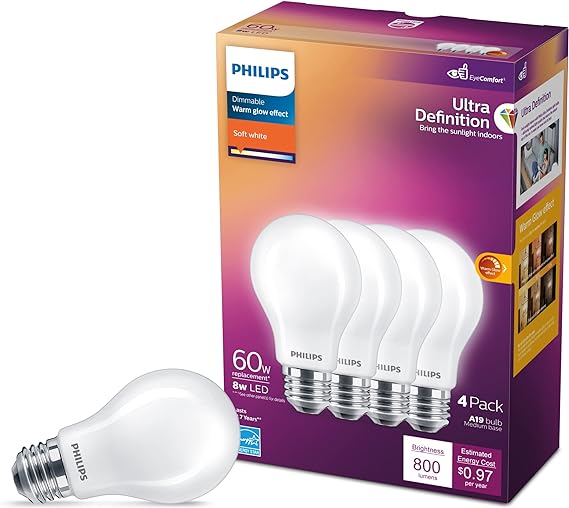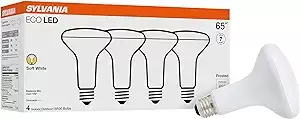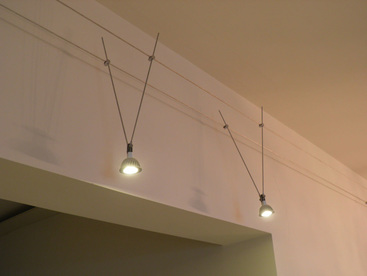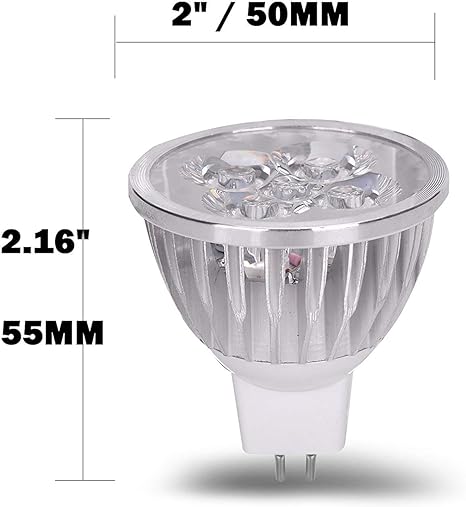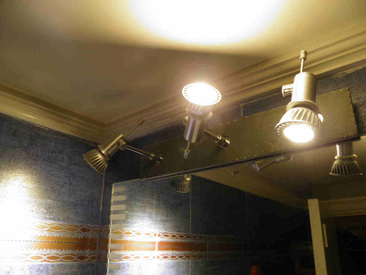COPYRIGHT WARNING:
All pictures and texts in this web page are the property of nomaallim.com. Any use of any part of those contents without the written consent of nomaallim.com shall be subject to legal procedures as per international and local laws in the concerned country. Using the name "nomaallim" or "nomaallim com" or "nomaallim.com" in the text describing the unauthorized copied content shall not constitute an exception and shall be sanctioned in accordance to the effective laws and proceedings.
All pictures and texts in this web page are the property of nomaallim.com. Any use of any part of those contents without the written consent of nomaallim.com shall be subject to legal procedures as per international and local laws in the concerned country. Using the name "nomaallim" or "nomaallim com" or "nomaallim.com" in the text describing the unauthorized copied content shall not constitute an exception and shall be sanctioned in accordance to the effective laws and proceedings.
BEFORE YOU START
|
DISCLAIMER:
Our pictorials are of informative nature and do illustrate works carried out by ourselves at our own premises for our own use and satisfaction.
Readers who envisage to carry out similar works inspired by the below method shall do this at their own risks and liability.
Our pictorials are of informative nature and do illustrate works carried out by ourselves at our own premises for our own use and satisfaction.
Readers who envisage to carry out similar works inspired by the below method shall do this at their own risks and liability.
Identification
- LED lamps are either fitted with an opal cover (i.e. a milky white colored dome) or clear glass like the good old incandescent bulb. See below.
- Both are as efficient but the way they emit light is a bit different: the dome version sends most of its beam opposite its base, meaning you have to think about it as a torch with the opal dome being the source of your light. The clear version with linear LED's inside that imitate the incandescent filament sends it light all around in all directions even if the main stream remains opposite to the base.
- Some newer lamps provide an opal diffuser that is not shaped like a dome and a light beam in all directions. This is the case of the small lamp shown below.
|
|
|
Step 1 - Before buying, check the energy efficiency
Always buy a lamp from a reputed manufacturer. This is one of the most messy starts of any lamp technology with thousands of brands and shapes invading the market and no clear guarantee of efficiency or quality.
- Keep in mind that LED's are supposed to save energy compared to other lamp families: 90% vs. Incandescent, 30% vs. Compact Fluorescent (CFL) in warm white version, a little more in daylight version (not used at home), etc.
- Buying LED's without such an indication of the efficiency expressed in "Lumen" is not a good deal. Always check the ratio of [the lamp lumens divided by its wattage] is somewhere between 80 and 115 (or more).
Step 2 - Select the right lamp for the right fixture
- Using a frost lamp in a frost glass luminaire or a shade will result in considerable light loss.
- Using a clear lamp in a clear glass luminaire will result in discomfort to your eyes.
EXAMPLES OF USE OF A CLEAR FILAMENT LED LAMP EMITTING LIGHTS IN ALL DIRECTIONS:
Note: LED lamps lifetime will be considerably reduced if used in a fully closed wall or ceiling light. The one pictured above in the middle is an open luminaire that "breathes" as it has no gasket with a gap left between the glass and the plastic base. The more a light fitting is tight and small and the less will a LED lamp last. This is because LED's hate heat.
EXAMPLE OF USE OF A FROST LED LAMP IN A CLEAR DIFFUSER:
EXAMPLE WHERE DIRECTIONAL LIGHT LED WILL BE PREFERRED
EXAMPLE WHERE BOTH DIRECTIONAL OR "ALL AROUND" LIGHT EMITTING LED LAMPS CAN BE USED:
Note: directional domed lamps will result in more light on the surface below the above suspended lights while lamps emitting light all around will send less light to the working surface compared to the domed one and more light towards the walls and the ceiling of the room through the frost glass diffuser. It will then depend on what you'd like to achieve.
The easiest decision?
Start by getting the rid of all your 12V, 20/50W halogen spot lights (lamps known as MR16, dichroïc, etc.) and replace them with a 4/7W LED version. That's a considerable reduction in energy use and heat dissipation.
|
|
|

